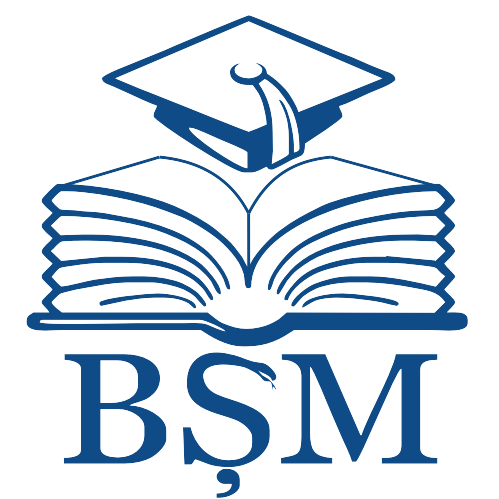| DC Field | Value | Language |
|---|
| dc.contributor.author | Lopatinschi, Valeria | |
| dc.date.accessioned | 2024-10-28T12:50:28Z | |
| dc.date.accessioned | 2024-11-18T21:37:16Z | |
| dc.date.available | 2024-10-28T12:50:28Z | |
| dc.date.available | 2024-11-18T21:37:16Z | |
| dc.date.issued | 2024 | |
| dc.identifier.citation | LOPATINSCHI, Valeria. Three generations of β-blockers: class differences and clinical applicability. In: MedEspera: the 10th Intern. Medical Congress for Stud. and Young Doctors, 24-27 April 2024: abstract book. Chișinău, 2024, p. 337. ISBN 978-9975-3544-2-4. | en_US |
| dc.identifier.isbn | 978-9975-3544-2-4 | |
| dc.identifier.uri | https://medespera.md/en/books?page=10 | |
| dc.identifier.uri | https://repository.usmf.md/handle/20.500.12710/28745 | |
| dc.description | Universitatea de Stat de Medicină şi Farmacie „Nicolae Testemiţanu”, Chişinău, Republica Moldova | en_US |
| dc.description.abstract | Introduction: The evolution of beta-blockers remedies has greatly influenced the management of a
large scale of disorders. Research divides all beta blockers into three generations: first-generation
nonselective β-blockers(propranolol), second generation more cardioselective β-blockers (nebivolol),
and third generation highly selective β-blockers with vasodilating action (labetalol).
Aim of study. The aim of the study was highlighting the main differences between different
generations of beta blockers.
Methods and materials. Articles from PubMed, NCBI, Cochrane in the period 2018-2023 regarding
β-blockers were analyzed.
Results. The common mechanism of all β-blockers is their affinity for binding to β-adrenoreceptors,
which reduces sympathetic nervous system activity. The differential affinity of β-blockers for β1- over
β2-receptors contributes to their specificity. Propranolol was the first clinically used β-blocker and
reduced the heart contractile strength and its rate. It was found useful in patients suffering from
hypertension, angina and post-myocardial infarction, but was not suitable for patients with diabetes or
with specific lung pathologies. The discovery of practolol, a second-generation drug with selectivity
for β1-adrenoreceptors, presents less risk of side effects associated with β2-receptor antagonism. As a
result of an analysis, it was confirmed that in addition to generation-dependent effects, different beta
blockers have their own individual properties inherent only to a specific drug, which allows choosing
the drug for various clinical situations. There are beta blockers that have a negative metabolic effect
and increase the risk of developing diabetes, and there are metabolically neutral drugs (carvedilol). The
mechanism of the vasodilating effect is also different, in some it occurs due to internal
sympathomimetic activity (carteolol), others due to blockade of alpha-adrenergic receptors
(carvedilol), betaxolol dilates blood vessels due to blockade of calcium channels, drugs such as
nebivolol, dilate blood vessels by increasing the synthesis of nitric oxide. The representatives of third
generation β-blockers can reduce peripheral vascular resistance by a decrease in oxygen demands of
the heart. This includes drugs such as labetalol, the first β-receptor antagonist with less potency than
propranolol, and nebivolol, which differs completely from the molecular structure of propranolol. Also,
studies established that some β-blockers ameliorate endothelial and cardiac dysfunction and can be
used for hypertension during pregnancy.
Conclusion. β-blockers occupy a central place in the treatment of patients suffering from
cardiovascular diseases. Currently, the indications are: arterial hypertension, stable angina, previous
MI, CHF, tachyarrhythmia, glaucoma and pregnancy. As first-line drugs, β-blockers are not
recommended for use in individuals with metabolic syndrome and a high risk of developing diabetes
mellitus. | en_US |
| dc.publisher | Instituţia Publică Universitatea de Stat de Medicină şi Farmacie „Nicolae Testemiţanu” din Republica Moldova | en_US |
| dc.relation.ispartof | MedEspera: The 10th International Medical Congress for Students and Young Doctors, 24-27 April 2024, Chișinău, Republic of Moldova | en_US |
| dc.title | Three generations of β-blockers: class differences and clinical applicability | en_US |
| dc.type | Other | en_US |
| Appears in Collections: | MedEspera 2024
|


